By Dr. Michael Campos, High School Religion, Theology and Spirituality Faculty
During the height of the pandemic, I met Sr. Bethanie Sulleza, RSCJ, through relief efforts she led to support communities devastated by supertyphoons. She was the second Filipina RSCJ I’ve ever encountered (the first being the late Sr. Sol Navidad, who had spent a sabbatical year at the Graduate Theological Union, in Berkeley). At the time, Sr. Beth served as President of the Saint Madeleine Sophie Foundation (SMSF) in Montalban, Rizal, just outside Manila.
This initial contact resulted in a collaboration between Convent & Stuart Hall’s service program and SMSF’s work with local youths. Due to the shutdown of schools, children in Montalban found themselves home-bound, with limited access to educational resources. SMSF reconfigured existing programming to provide each family with “home libraries,” reading kits, and access to limited internet. In addition, staff and teachers guided parents in creating learning spaces for their children at home. It soon became clear that literacy levels plummeted during the lockdown (and perhaps had already been doing so in recent years). This compelled SMSF to focus on programs that cultivated grade-appropriate reading and writing skills.
While the pandemic limited in-person learning, it opened opportunities for online tutorial support. SMSF recruited volunteers from Sacred Heart schools in Japan and, locally, through De La Salle University (where I taught at the time). After an initial consultation with Sr. Beth, I proposed a similar arrangement with Convent & Stuart Hall. Soon, fourteen students signed up under the leadership of Shana Ong ’22 and Sage Gould ’22, supported by Community Life Chair Mike Buckley. While deepening English and math skills offered structure to the tutorials, the opportunity to share cultures, practice conversational English and find common ground were the real fruits of the program. Now in its second year, Convent & Stuart Hall and SMSF continue to explore ways to connect students in a shared spirit of “revealing God’s love” on both sides of the vast Pacific.


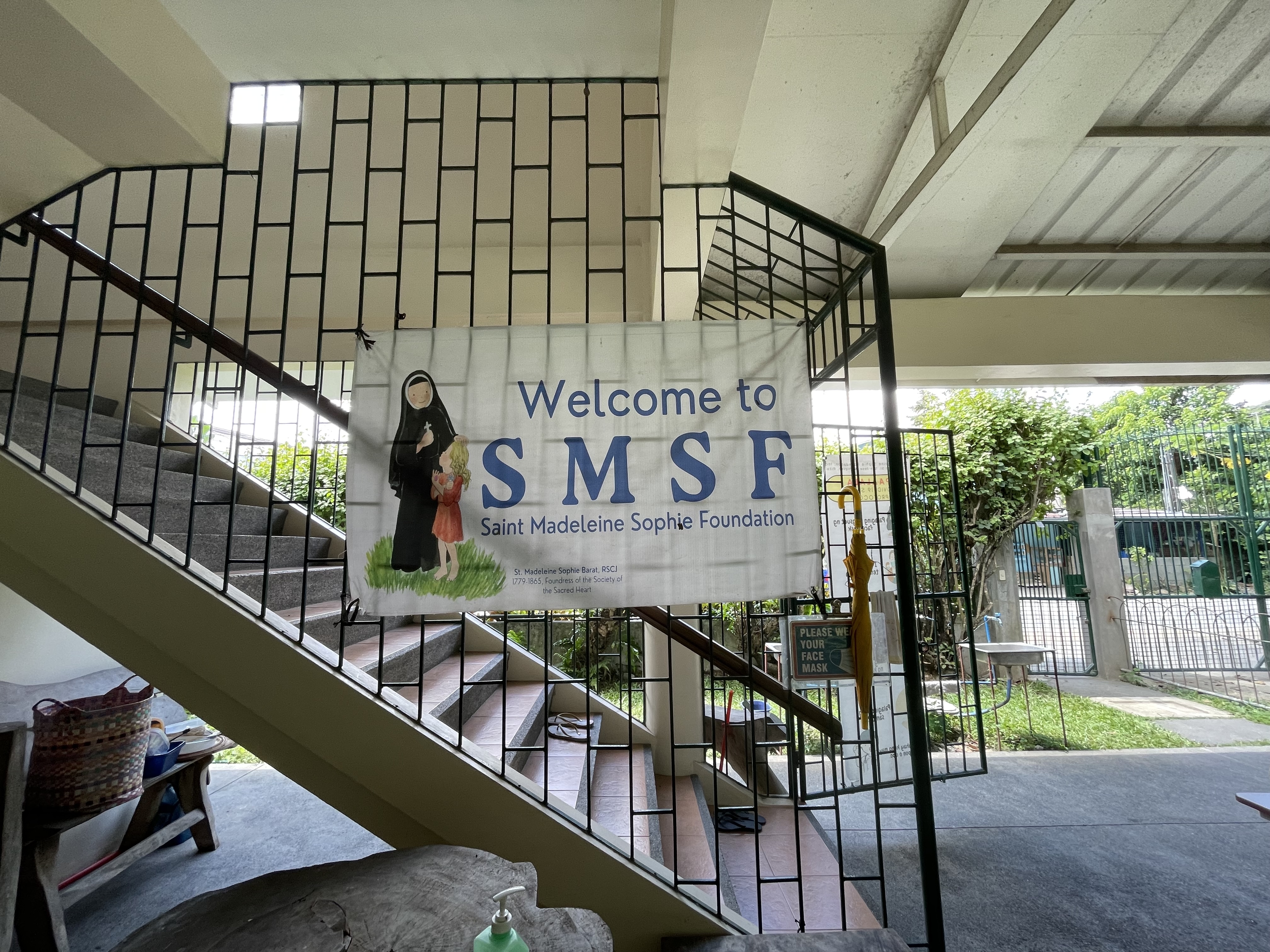

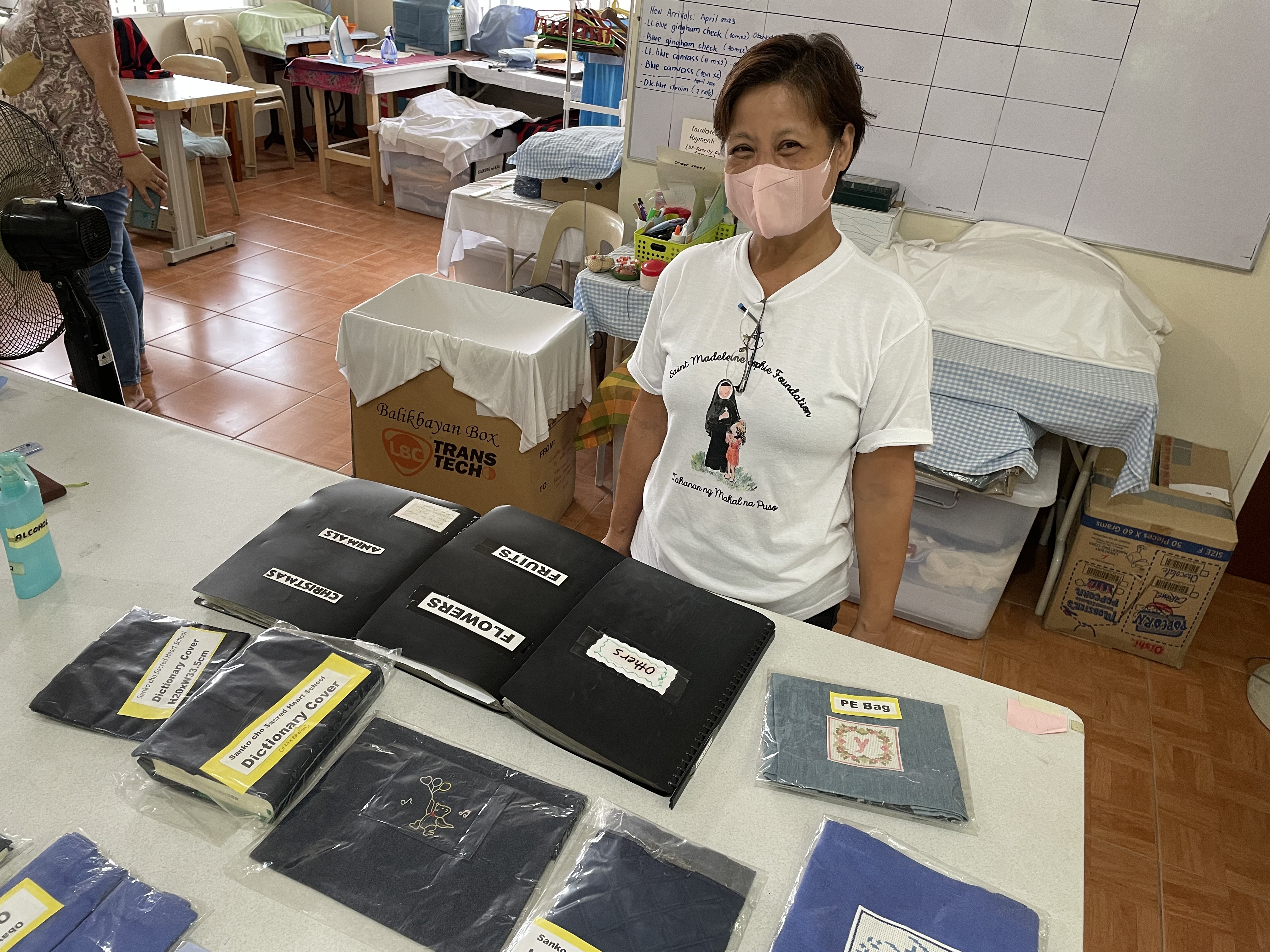
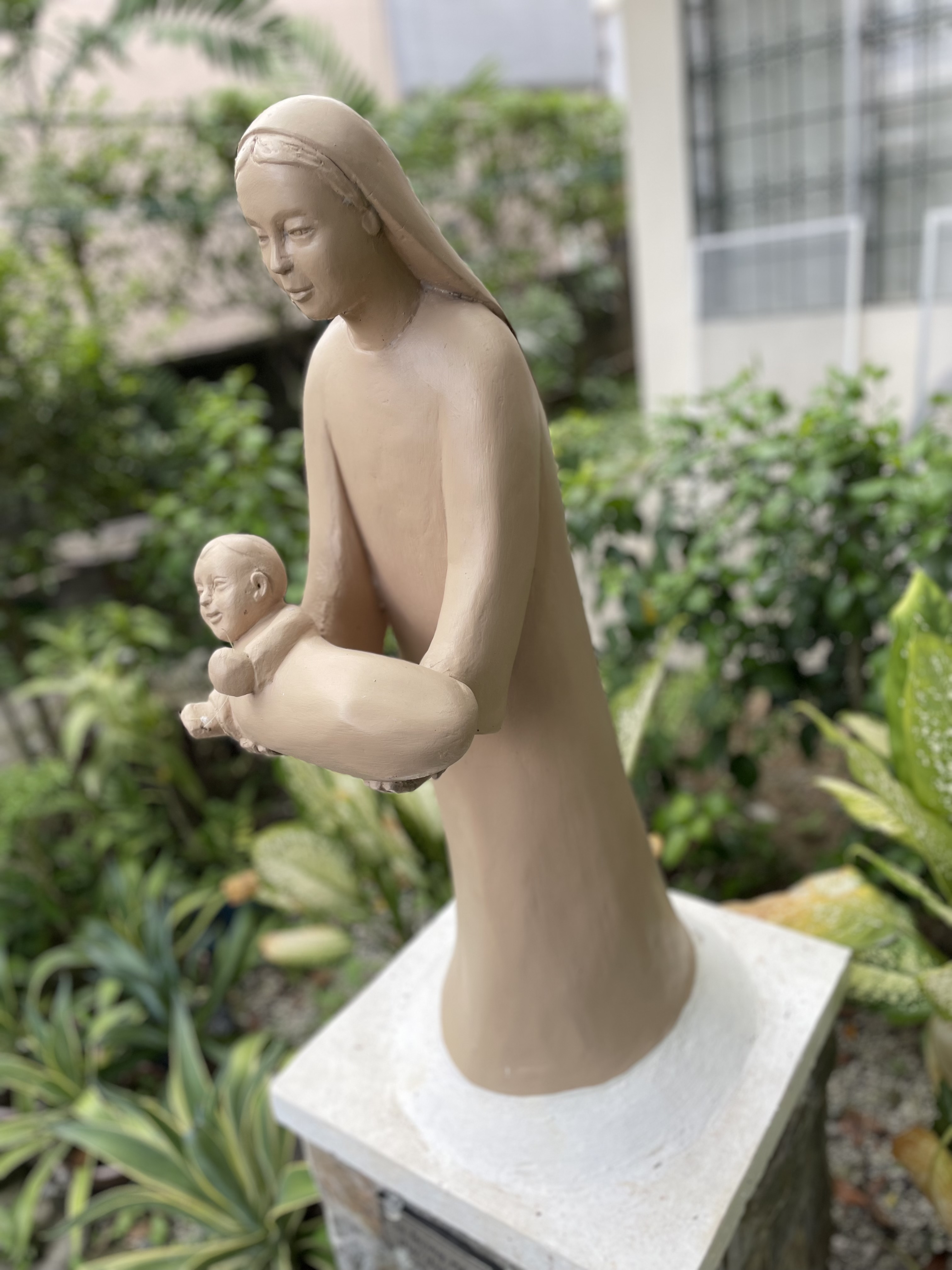
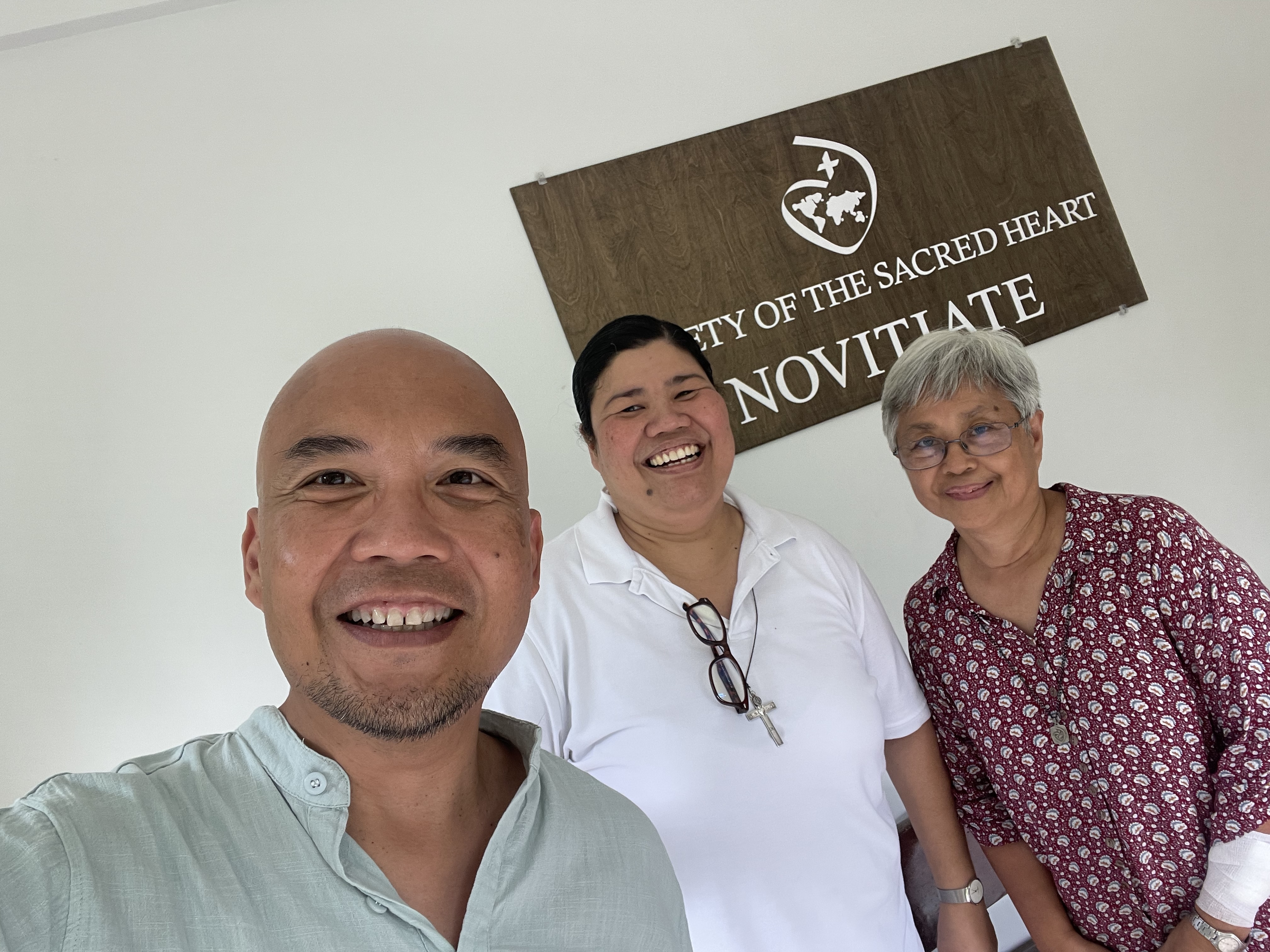
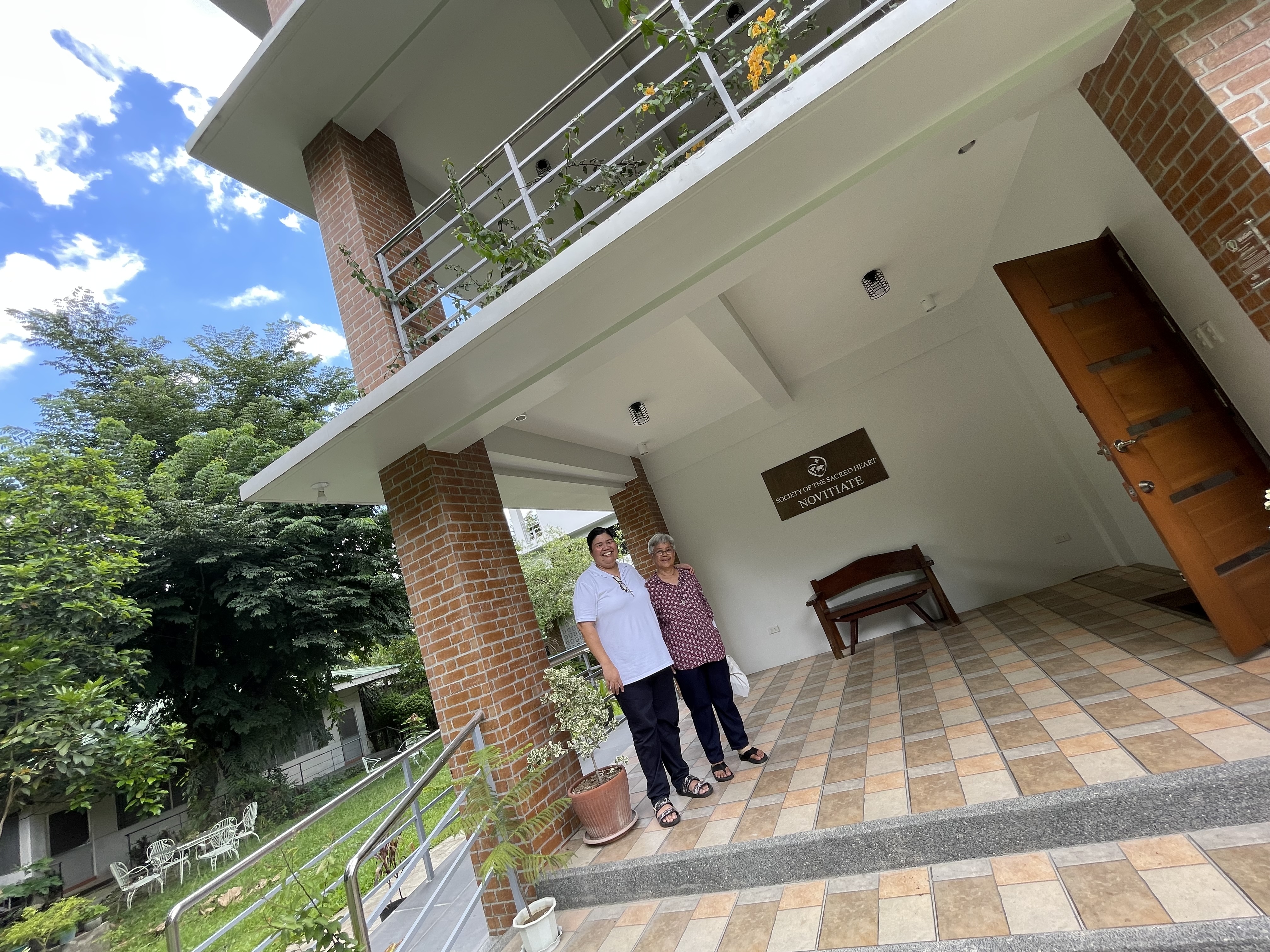
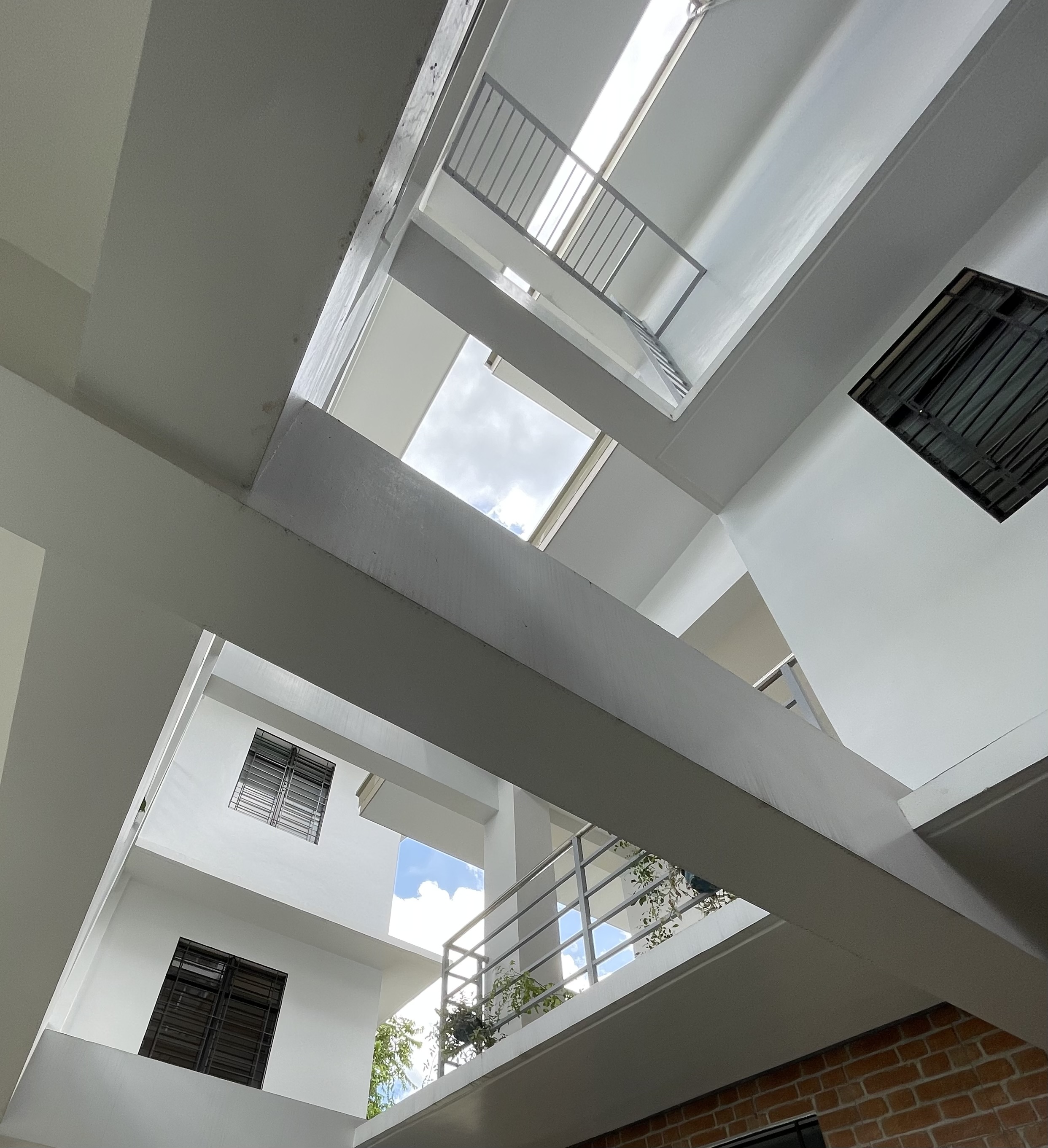
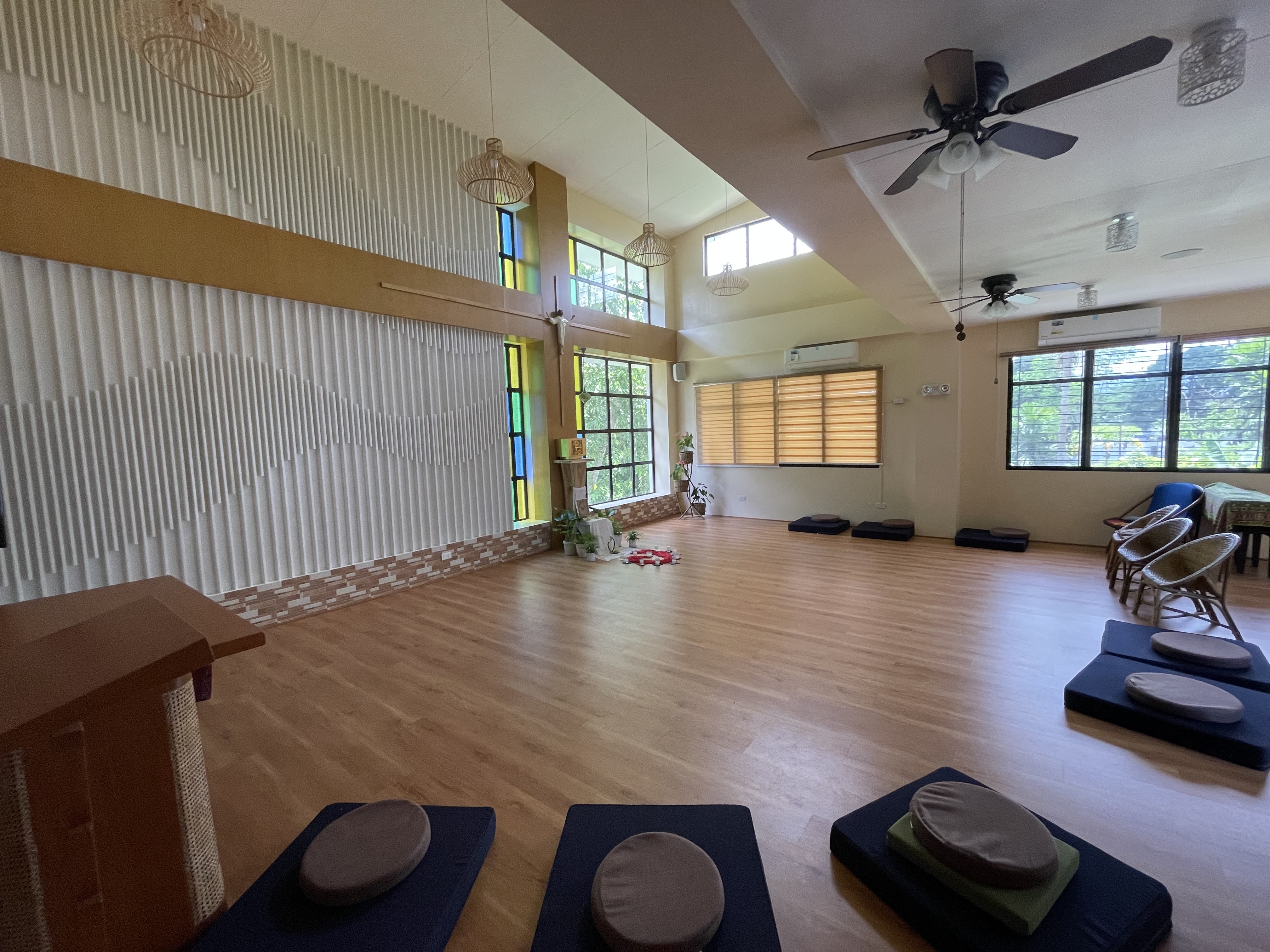

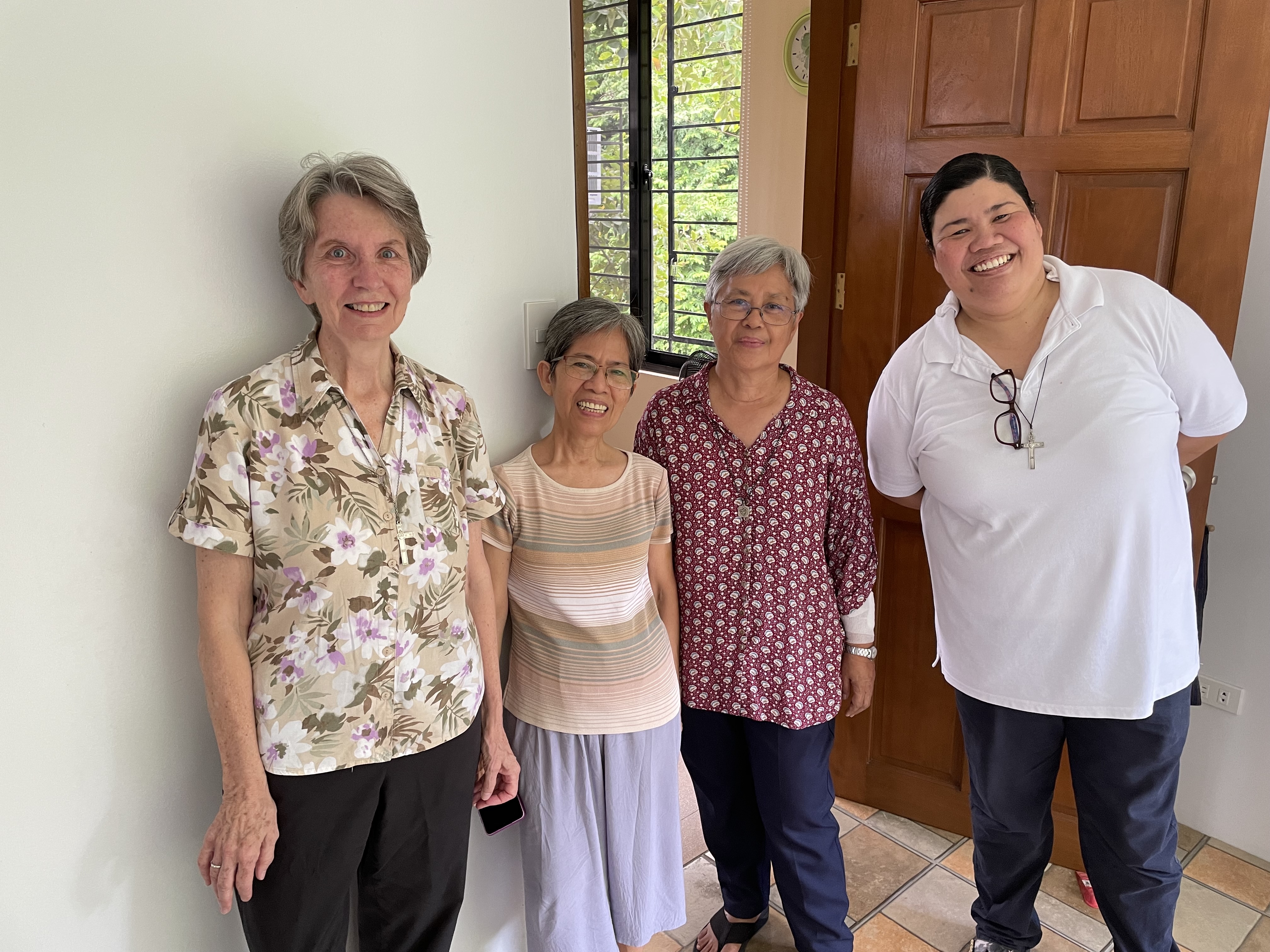
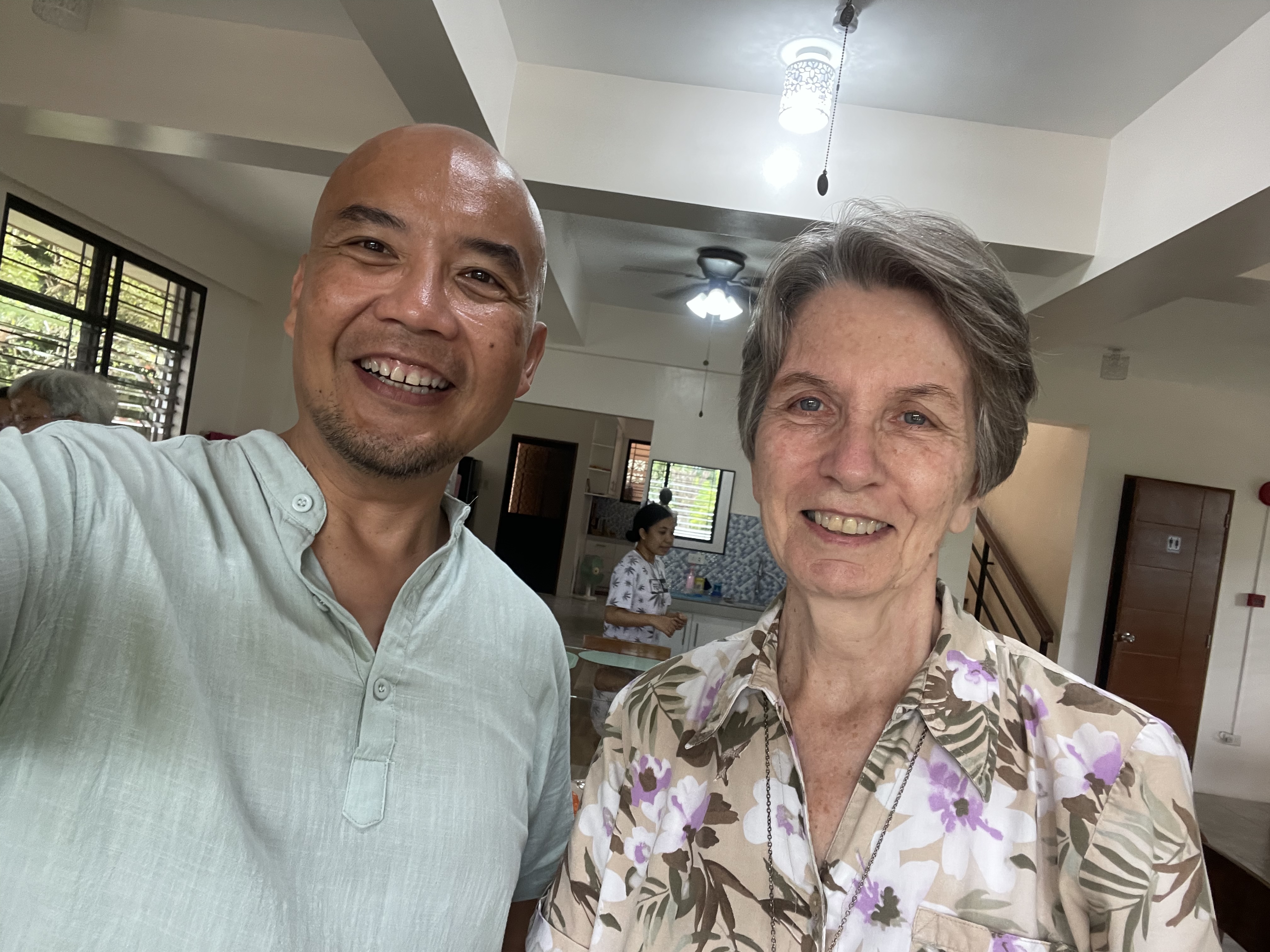
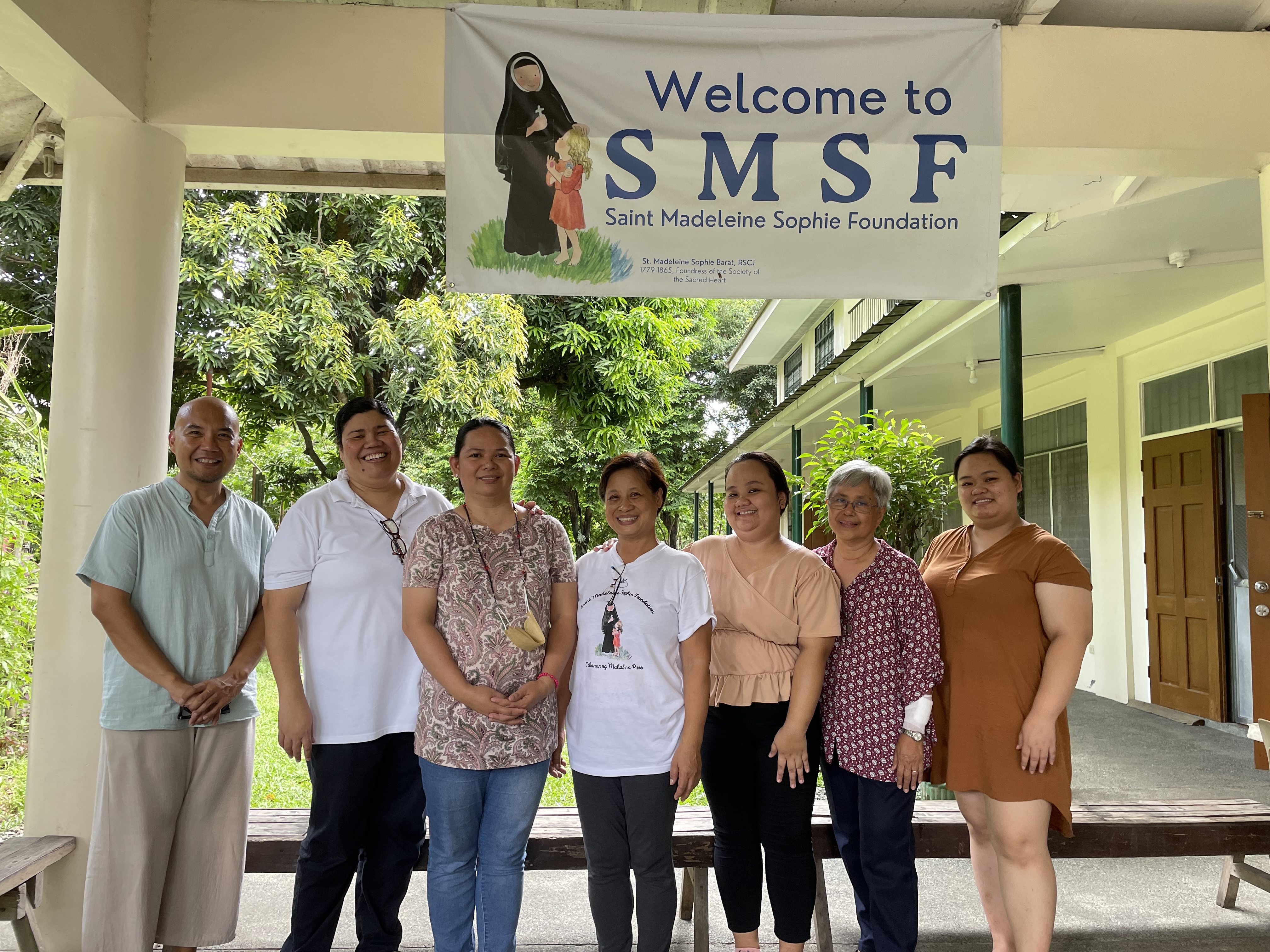
Photos by Dr. Michael Campos, Religion, Theology & Spirituality, Faculty
Visit at SMSF and ASIANZ
At the invitation of Sr. Beth, I joined Sr. Digna Dacanay, RSCJ, on a visit to SMSF. Montalban (now called Rodriguez) used to be a remote hamlet in the mountains of Rizal. As a high school student, I remember this town being especially popular for campers and outdoor enthusiasts.
The drive from Quezon City — where the RSCJs maintain a Center — to Montalban took less than an hour. But in the more than 30 years since my last visit, Montalban had drastically transformed into a suburban enclave prone to traffic and the proliferation of small stores encroaching on all-too-narrow sidewalks. We quickly found SMSF on a quiet street and were welcomed by Sr. Beth and Lizette Paas, program coordinator for the online tutorial program.
At the Center, we met Krisheil Bauto and Marjorie Garcia who manage SMSF’s literacy programs, and Nene Saquillo, who oversees the Foundation’s sewing project for local mothers. Lizette, Krisheil and Marjorie are alumnae of SMSF’s scholarship and youth formation programs and have since returned post-university to support the Foundation’s work.
Similar to the scholarship program at Sophie’s Farm, SMSF provides qualified students with formation and financial support to complete their Senior High School certification and university degrees. While public universities and colleges are free, students require additional funds for books, school fees, transportation, board and lodging. SMSF functions also as a physical center where scholars and their families receive formation in the form of practical life skills, spiritual deepening, and financial literacy.
According to Sr. Digna, SMSF was founded in response to the challenging conditions of the Philippines during the heyday of the Marcos dictatorship (1965–1986). Unlike RSCJs in Europe, North and South America who were engaged in formal education, RSCJs in the Philippines both worked in existing educational institutions and entered local communities to accompany people in their own contexts. This reorientation reflected the Catholic Church’s intentional “turn to the world,” a commitment clearly articulated during the Second Vatican Council (1962–1965). Among the first group of Filipinas to join the RSCJs, Sr. Digna spent the initial years of her ministry teaching and supporting students in Manila’s “university belt.” Other sisters worked in nonsectarian schools and with local government programs in social welfare and vocational rehabilitation. Over time, a clear need arose to focus on educational programs that encouraged sustainable community development. SMSF was thus founded in Manila, later moving to Montalban where the sisters had already started a formation center.
After a short tour of SMSF, Sr. Beth, Sr. Digna and I walked over to ASIANZ House, the new novitiate for all RSCJs in Asia. We were welcomed by Sr. Ayds Sua-an, Novice Mistress, Sr. Kathy Conan, former RSCJ superior general who is currently supporting the formation of novices in Asia, along with novices and RSCJs from Indonesia, the Philippines, India, Timor Leste, China and Vietnam. Designed by Sr. Beth — who trained as an architect — the new novitiate is airy, bright and drew on the land’s geographical features to maximize air flow. Two separate buildings are bound by mid-air pathways that foster a sense of interconnectedness among all the parts and living spaces. The chapel is especially elegant in its use of space, light filters and simple iconography.
During a lunch that featured locally-produced tofu, conversations highlighted the surprising connections that brought us to the same table that day. And while English served as a common language, our diverse accents revealed the global reach of RSCJ ministry. A personal highlight occurred near the end of the meal when I briefly mentioned having spent time at Weston Priory, a Benedictine monastery in Vermont renowned for liturgical music. Some of the younger sisters began humming Weston’s more popular songs, Hosea and All I Ask of You. Within minutes, choir books flowed out from the chapel, unfolding to an impromptu concert at the meal’s end.
Having shared space, broken bread and prayed our sentiments in song, we parted with promises of a “return.” Similar to the spirit of pilgrimage that permeated the Summer Institute in Samar, I left with a sense that relationships will continue to deepen and expand, bound in shared commitment to “reveal the heart of God” to a world in profound need of healing.
